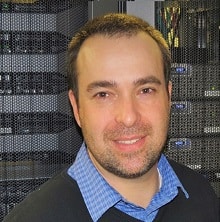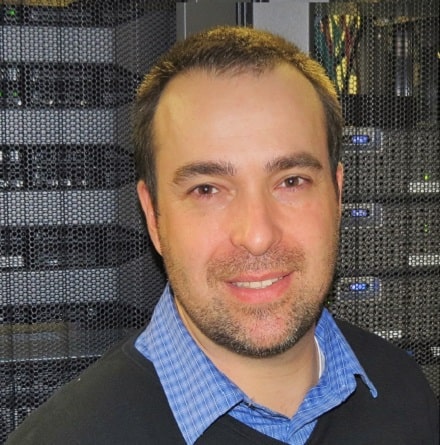Inside Angle
From 3M Health Information Systems
Healthcare blockchain part 2: The “why?”
One of the big challenges in healthcare data-driven initiatives is the Swiss cheese phenomenon, which refers to a dataset that lacks specific content to inform, or to allow the information to be immutable. Regulation limits the intent of service providers to ask for more data, and requires them to be very specific when asking for data so that only the minimum necessary to perform the transaction is requested. This can be interpreted in multiple ways, but ultimately it has made obtaining complete datasets about individuals difficult. If you think about it, your own personal healthcare interactions have most likely been spread across multiple providers and caregivers.
Equally challenging is going back to the original partnership in a healthcare data transaction and asking for additional data, especially considering the complexity of gathering this data, possibly from multiple of sources. Remember, it is unlikely that one entity, even a payer (insurer), will have all the data on your own personal health transactions. For example, if you have an ailing knee you will probably begin your treatment by taking a pain medication and icing the injury. This interaction may be captured in a subsequent visit to a provider, perhaps in a note, but it might not make it into the official transaction of health care which is often service and payment, not treatment and result.
As I discussed in a previous blog, blockchain in its most basic sense is a distributed system that securely stores records and transactions. The “why” of healthcare blockchain becomes, for me at least, “To have a complete record of my health, with transparency and accuracy to inform and improve the quality of my life.”
This “why” is only possible if I am driven to complete my own personal dataset, which of course can be used by those I approve to interact with my chain. In traditional bitcoin blockchain technology, the “miners” (or nodes) of the network maintain the network of trust. Sounds a bit mysterious right? The origin of bitcoin itself is shrouded in mystery (read up on Satoshi Nakamoto). The miners in healthcare blockchain can be you, a person looking to have a complete health record that is transparent and accurate in order to improve the quality of your life.
Now that we have the “why,” let’s discuss the “how,” or an example of it. As the original miner node, your own record begins the chain by creating the block. The genesis of this block may be some trusted app, perhaps by an entity that you already entrust with your data, or even an entity that enough of these trusted entities trust to be completely arbitrary, funded by them to start (similar to the federal banking system). Anyway, let’s hope these existing aggregators of our privacy can partner for good and create an app where your data remains secure with the ability to correct it, opt out (which would induce some complexity of value depreciation… think of starting with $100, opting out, then beginning with $1 again, where 1 equates to the minimum footprint of information needed to begin), and ultimately the capability to record healthcare transactions into your chain.
Now that we have the “how,” we need the “what.” The “what” may be to lower my healthcare costs, or lose weight, or become healthier. These “whats” can be trusted interactions from providers or third parties to help you on your journey by allowing them to interact or transact with your chain. This chain of blocks then becomes valuable based on the amount of transactions you interact with to improve your own health, an example being a required transaction from your employer to continue coverage or a goal to reduce the risk of your own service consumption.
These don’t have to be enforceable, however, to have an impact. In my opinion, healthcare blockchain efficacy is more likely an opt in by each of us as individuals. After all, we typically hear our own health care begins with our own decisions, and thereby, filling in the holes of our own cheese.
AJ Dandrea is operations manager of the cloud hosting organization at 3M Health Information Systems.


